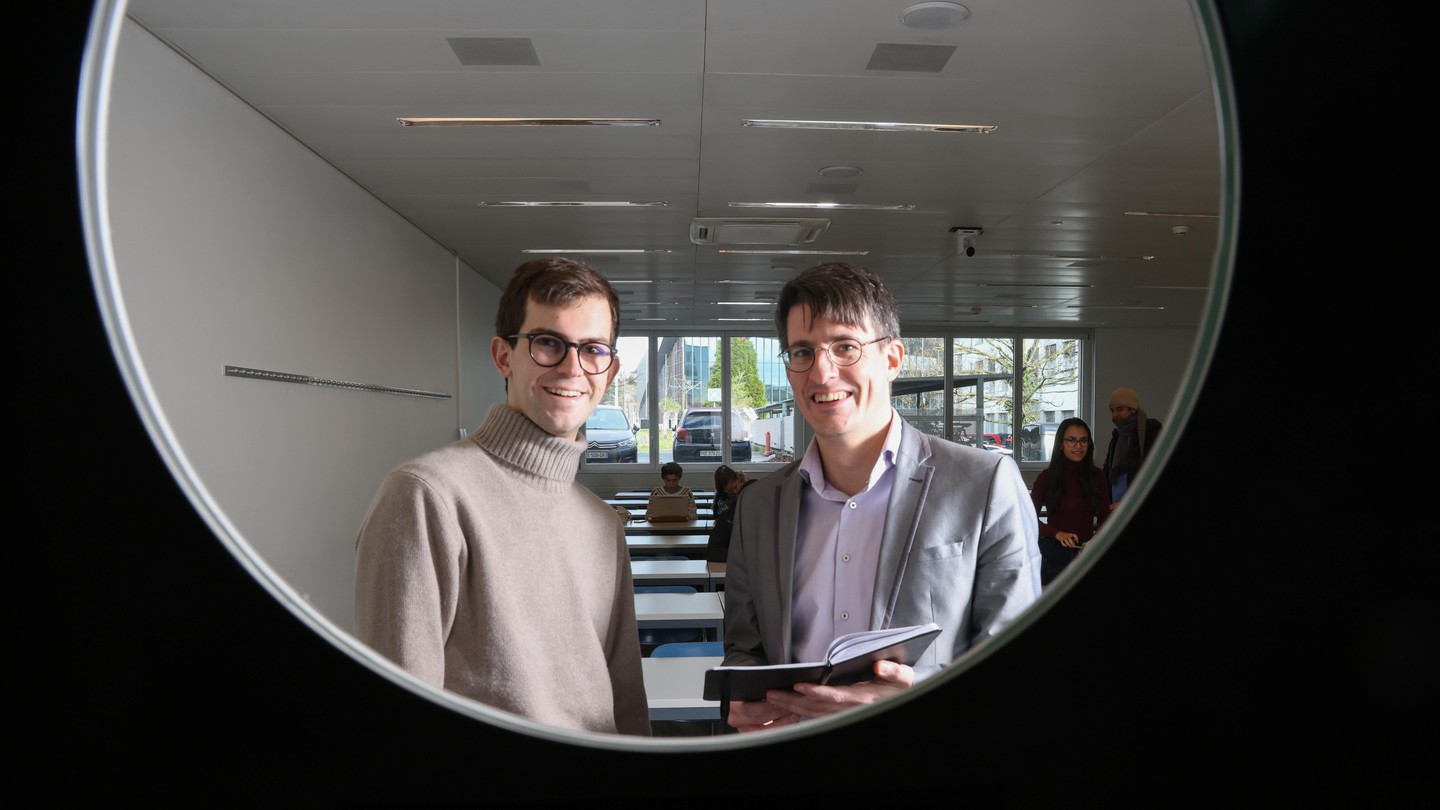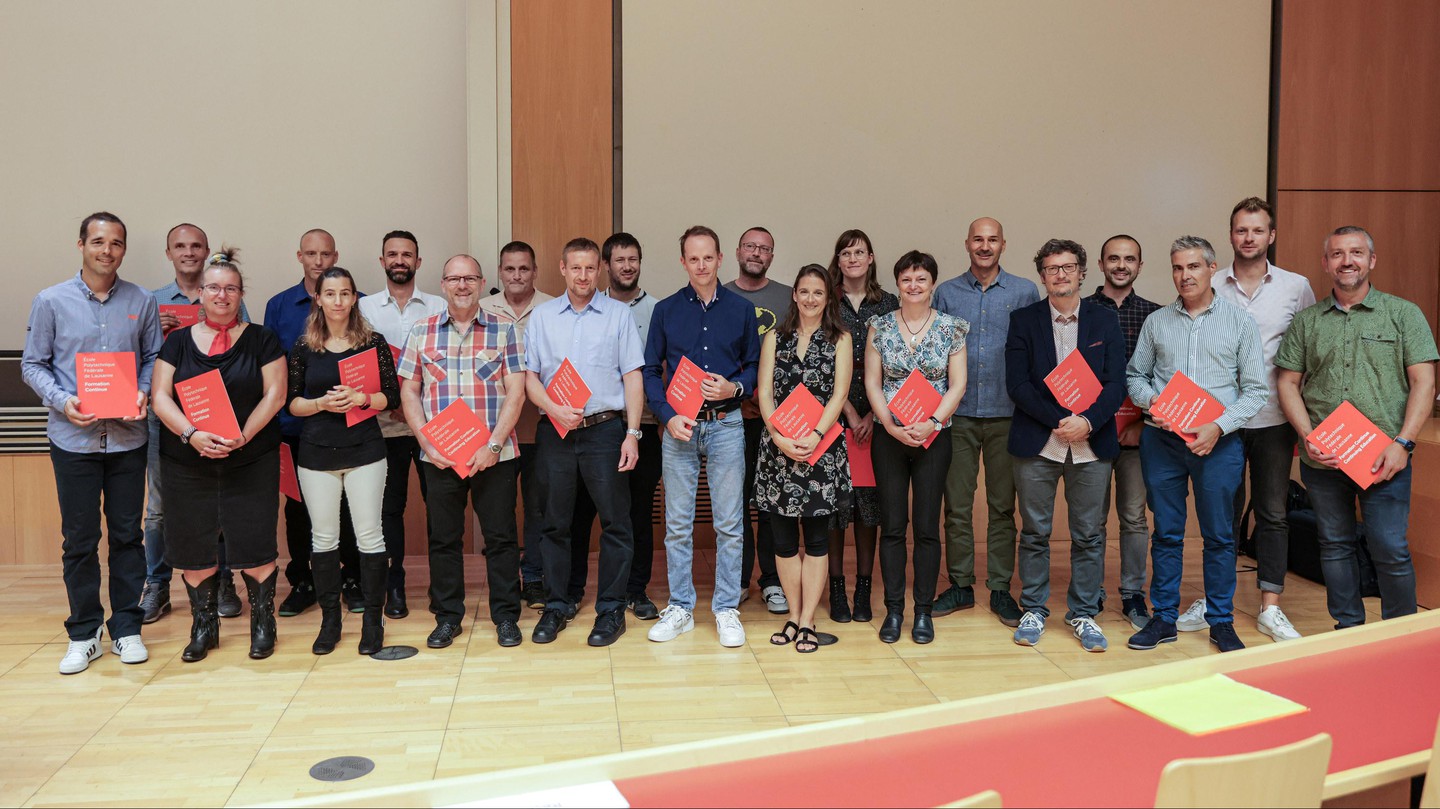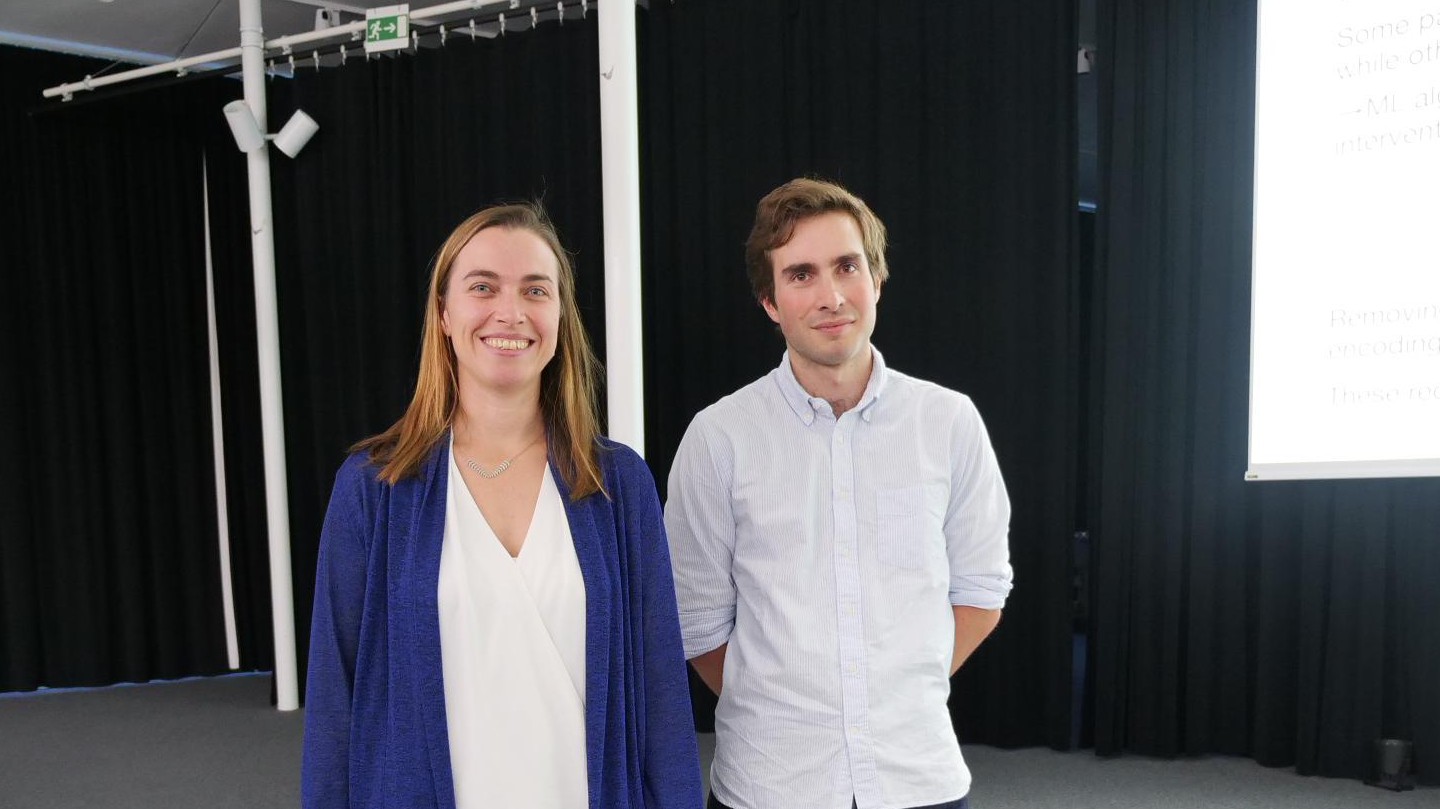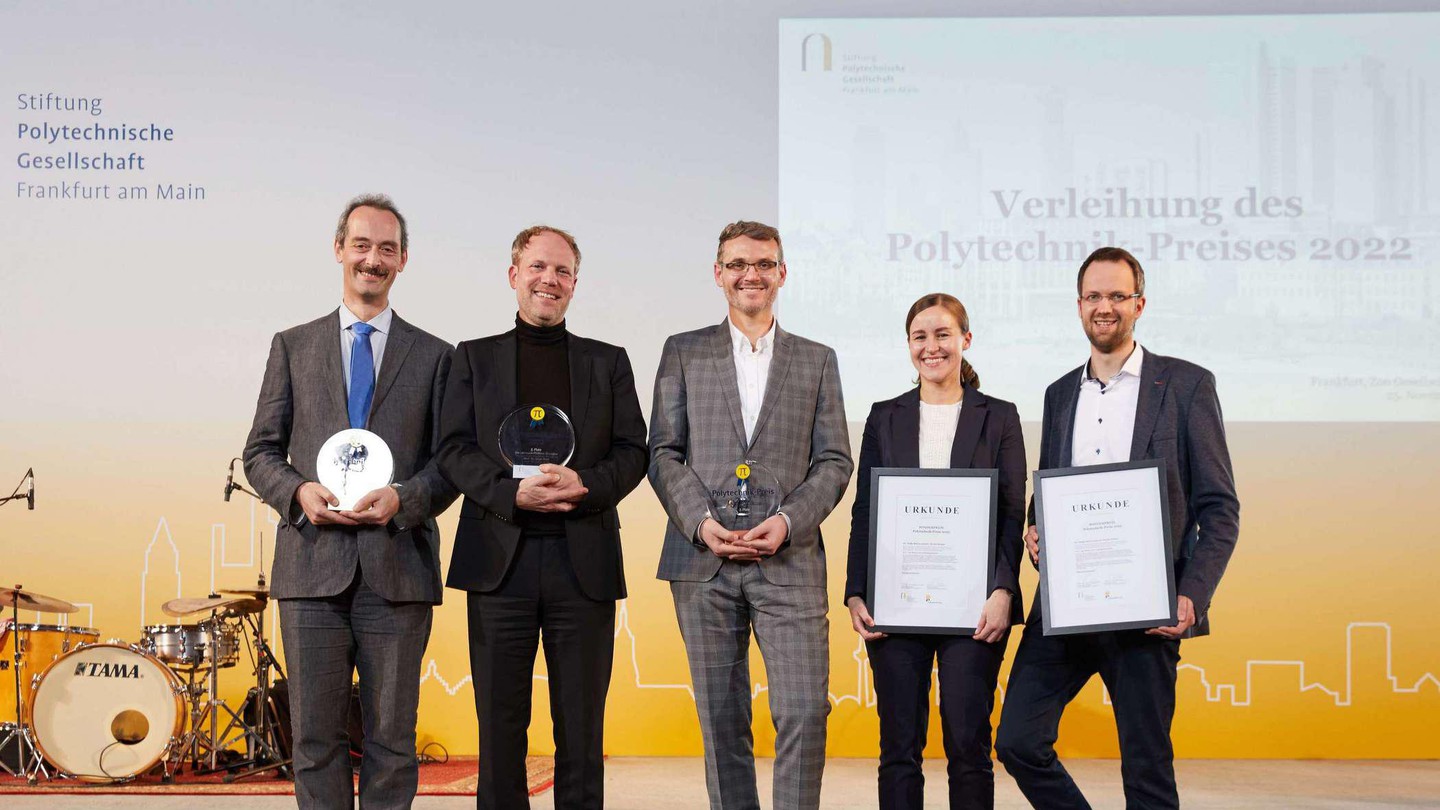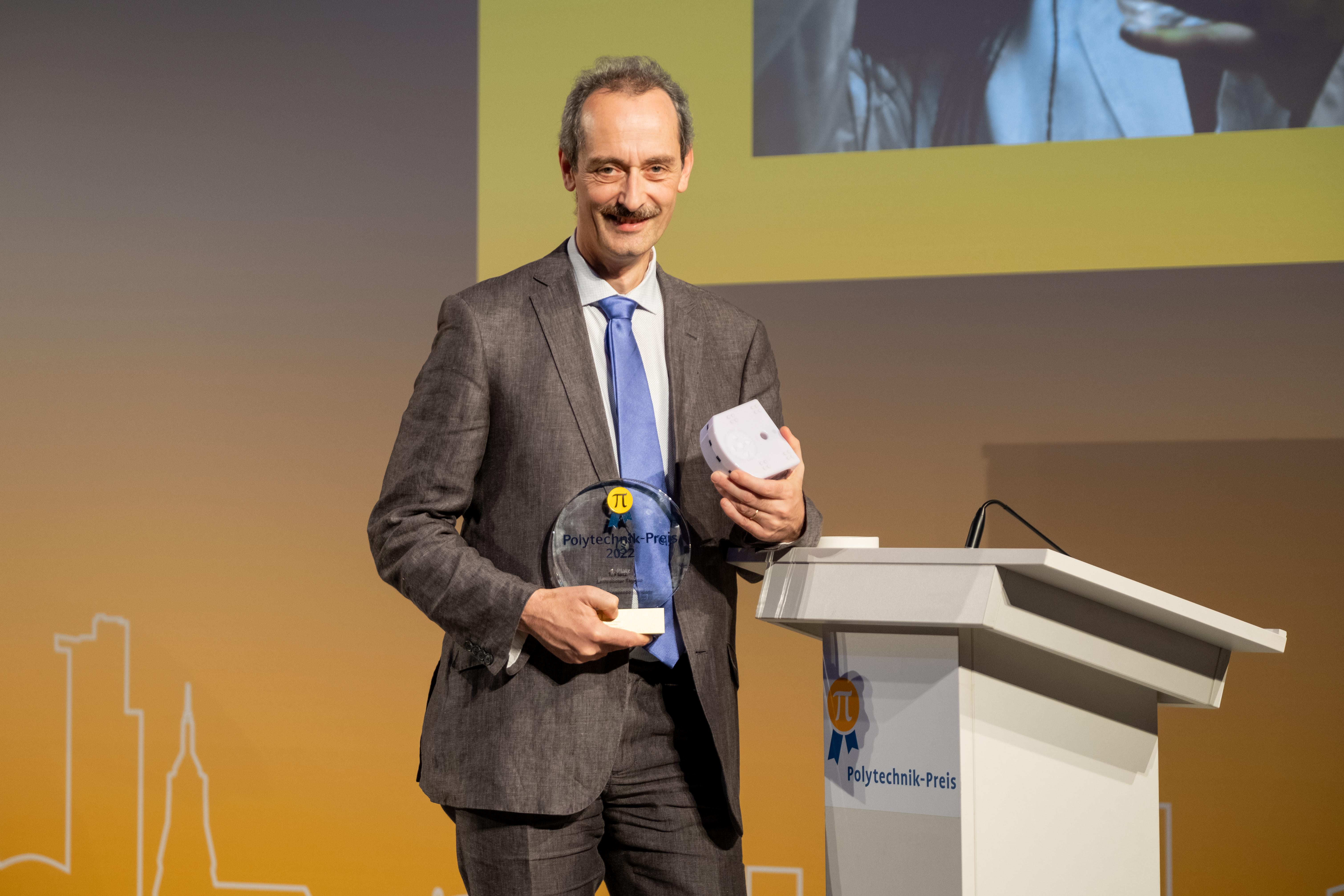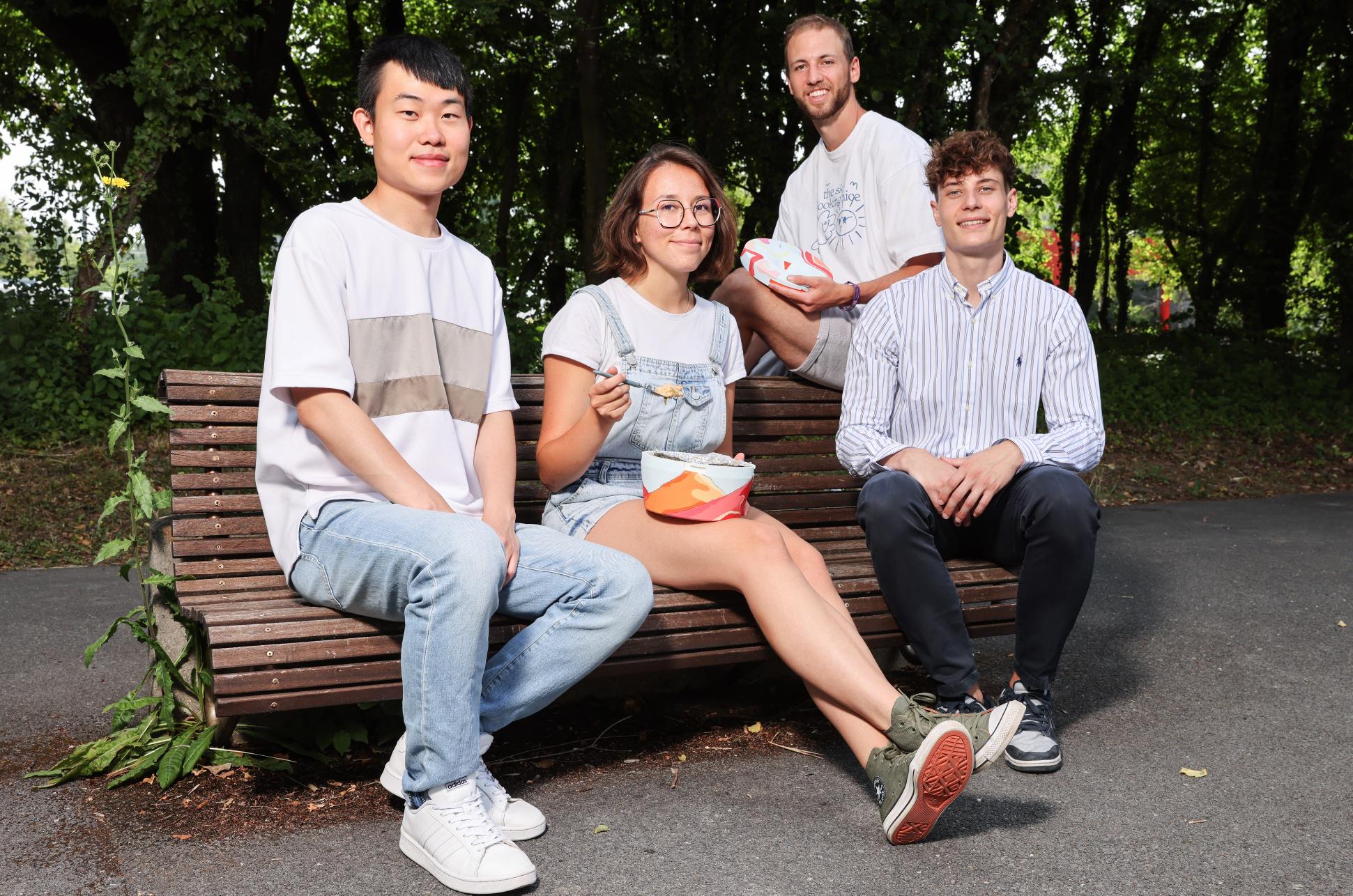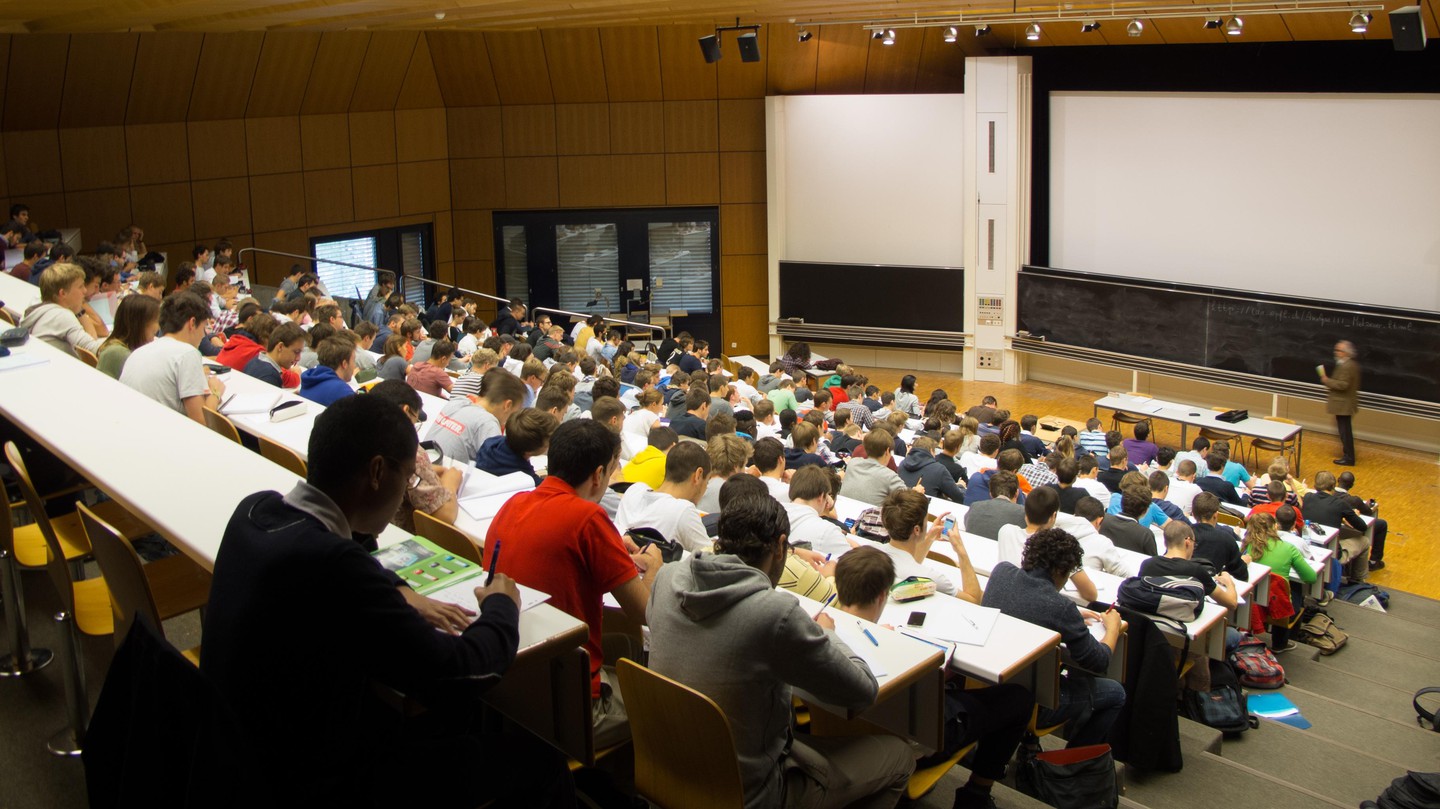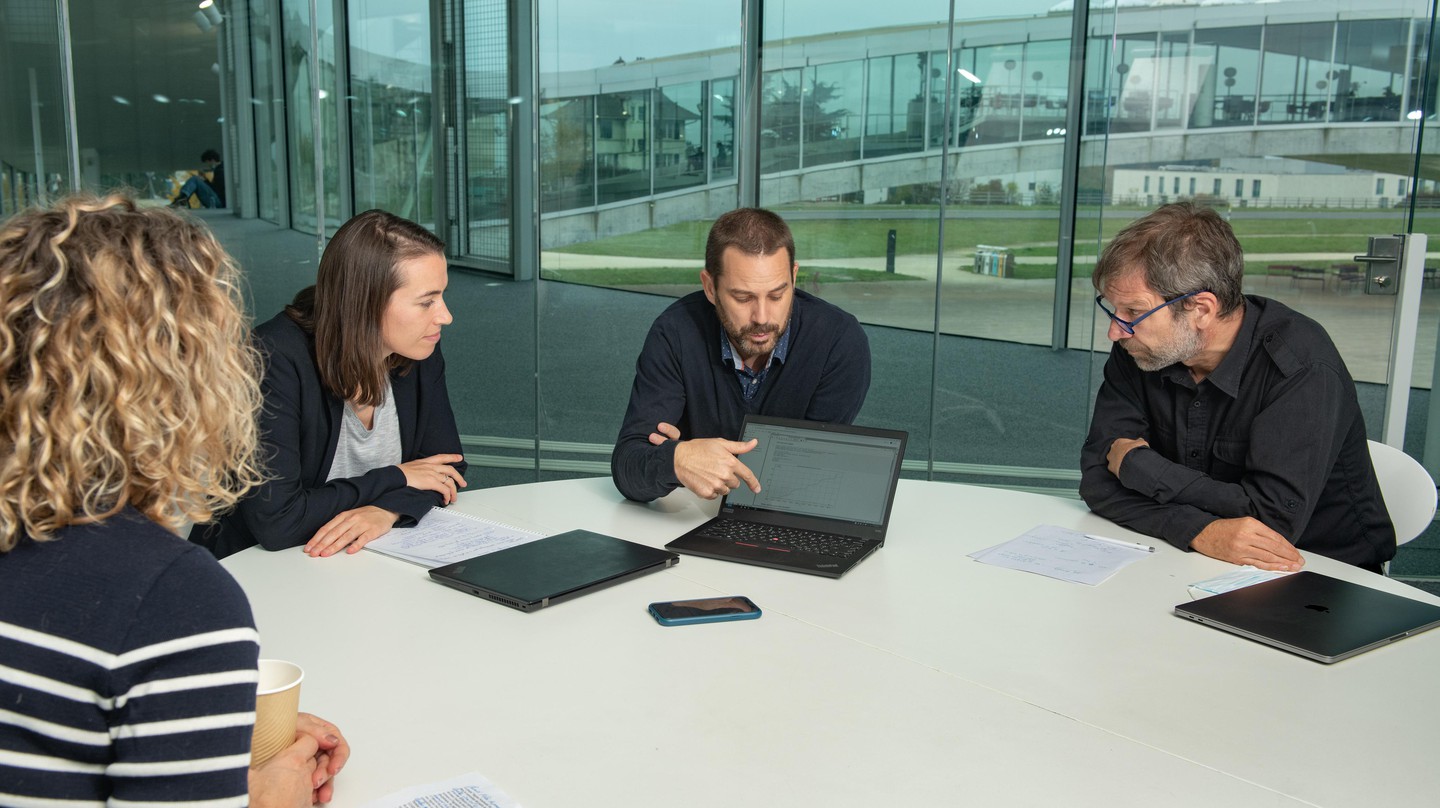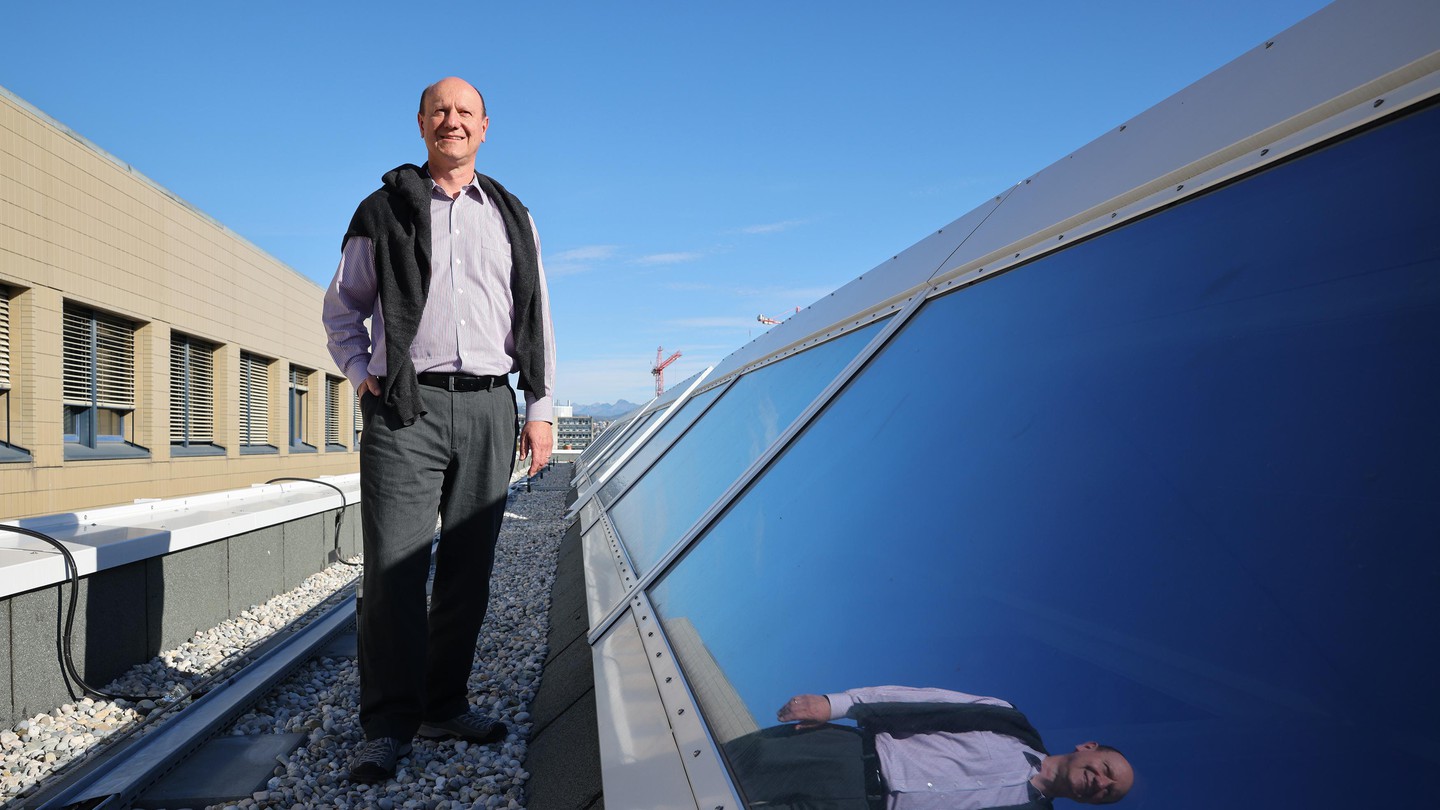Despite their 20-year age difference, Johan Rochel and Baptiste Lecoeur look similar. And given their different backgrounds, their paths were never really meant to cross. Yet they found themselves working together in the fall 2023 semester to design and teach a new Master’s-level class, which was given to students in several sections of EPFL’s School of Computer and Communication Sciences.
Rochel holds a PhD in law and philosophy and is a lecturer at EPFL’s College of Humanities (CDH). He’s also a co-founder of Ethix, a Zurich-based consulting firm in innovation ethics and the law. Meanwhile, Lecoeur is a second-year Master’s student in data science and a co-president of AGEPoly, EPFL’s general student association.
Rochel and Lecoeur form one of around 15 teaching tandems set up at EPFL over the past few months, on subjects ranging from materials science and physics to energy & the climate – another new class at EPFL. The idea with these tandems is to support teachers who want to introduce more sustainability-oriented material into their classes and to give students an opportunity to make a tangible contribution to EPFL’s shift in teaching approach while earning a little money. “This approach to education could also be useful for topics other than sustainability,” says Jacopo Grazioli, a project officer at EPFL’s Sustainability Unit, which initiated the tandems.
How does sustainability fit in with Rochel and Lecoeur’s new Master’s class on ethics in artificial intelligence? Rochel explains: “Ethics touches on all three aspects of sustainability: the economy, our society and the environment. In fact, only one of our lectures was devoted entirely to how AI affects power consumption and resource depletion. But as soon as you talk about the kinds of data used to train AI algorithms, or about design, data processing and the technology transition more broadly, you’re also talking about sustainability.”
We’d like AI to help us address certain aspects of the economy, for example, but that has an environmental and societal cost. So how do we strike the right balance?
“Of course, there’s also an environmental aspect to all the issues associated with justice, labor conditions, social interaction, the digital divide, and the inequality resulting from that divide” he adds. “What’s interesting from an ethics standpoint is when you have to make trade-offs between different priorities. For instance, we’d like AI to help us address certain aspects of the economy, for example, but that has an environmental and societal cost. So how do we strike the right balance?”
Worried about the future
For Lecoeur, getting involved in sustainability was a no-brainer. “Most of us students are worried about the future, and we generally have an open mind on societal issues,” he says. “That makes sense when you’re a scientist or engineer, since you develop methods and systems that have an impact on society and the environment.”
“That said, our concerns go beyond the environment,” he continues. “For now AI is largely unregulated, and it takes a lot longer for new laws to be passed than for new technology to be developed. Yet despite the lack of regulation, some AI programs are starting to be used on a massive scale.”
Lecoeur believes that one benefit of his Master’s class is that it raises other issues. “I think people at EPFL don’t always seek to understand the world around them beyond just the science. But our class is multi-disciplinary, at the crossroads of science and society.”
Rochel agrees. “I thought students knew more about the political systems in Switzerland and the EU, such as the separation of powers. In 2024 I’ll spend more time describing the government institutions that are at the center of efforts to enact regulations.”
“A good test”
Rochel and Lecoeur are both clearly pleased with being paired up. “We’ve been meeting every week since the class started in September to get our slides ready,” says Rochel. “I used to make a first draft and then Baptiste would comment on it and suggest improvements on both the content and the layout, looking for new ideas and materials. Showing the slides to Baptiste was a good test, since he would tell me if they were too heavy on theory or needed more examples.”
For his part, Lecoeur liked the class format, which differs from the one typically used in data science. “What’s great is that students work on the case studies in small groups. They get into animated discussions – it’s the first time I’ve seen that in my four years at EPFL. It’s crazy that we never sit down in groups to talk about things other than purely technical subjects. This is one way our class adds a lot of value, since it’s not something students get to do elsewhere.”
Students work on the case studies in small groups. They get into animated discussions – it’s the first time I’ve seen that in my four years at EPFL.
“People say EPFL is great for teaching problem-solving, but not so much for the soft skills – management, relating with colleagues, and so on,” says Lecoeur. “The students themselves have to fill in the gaps, and it’s great we can help them do that in our class.”
Word of mouth
Rochel and Lecoeur’s partnership ended at the end of the semester, but it’ll leave a lasting mark: their joint efforts have made the class more impactful and helped to hone the teaching materials – a real advantage for future years. They believe that by working together they have been able to get better feedback from students, who are more likely to open up to their peers.
“It’s such a great way to design a class,” says Lecoeur. “The thing is, students can be pretty unforgiving. When a new class doesn’t run smoothly from the outset, they spread the word quickly and few people take it. But if you’re able to get student input and come up with a format that works, then they’ll tell people how awesome it is – and more people will sign up as a result. Nothing’s more effective in drumming up interest than word of mouth!”
